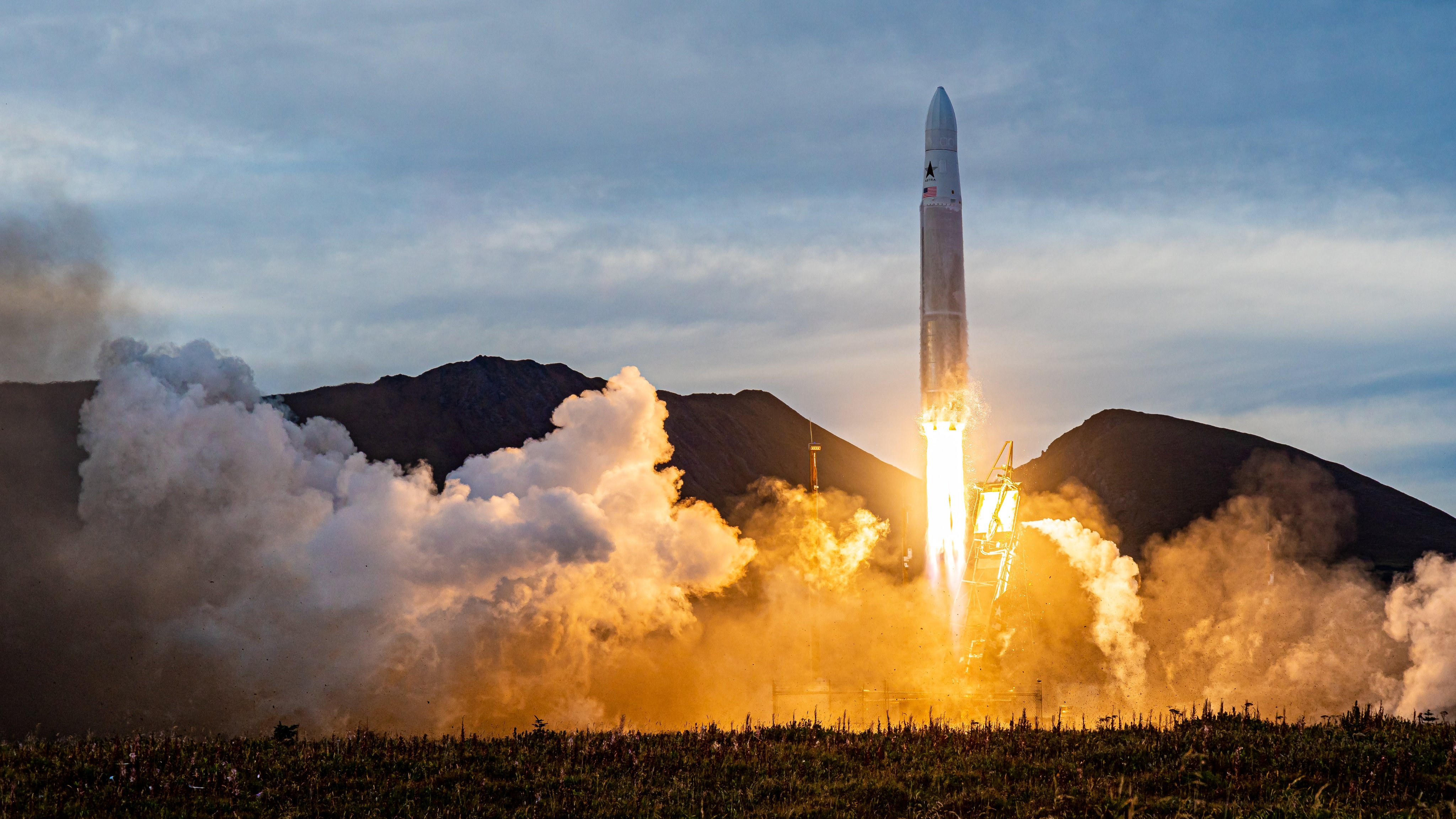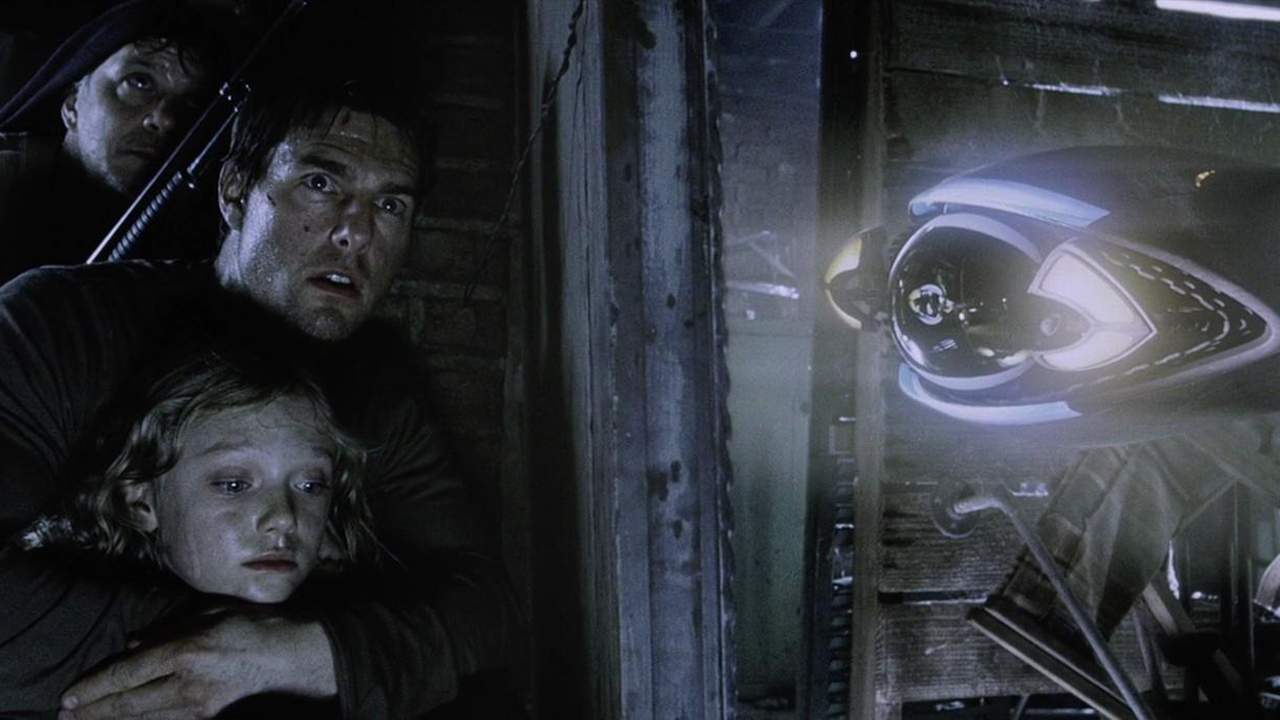After a failed launch debut, the space startup Astra may be able to attempt its second orbital test shot before 2020 ends.
The California-based company launched its first orbital test flight Friday night (Sept. 11), sending its 38-foot-tall (12 meters) Rocket 3.1 vehicle skyward from the Pacific Spaceport Complex on Alaska's Kodiak Island.
Everything went well with the launch at first. But then Rocket 3.1 began to drift off course, spurring launch controllers to command an engine shutdown for safety reasons about 30 seconds after liftoff. The booster came down to Earth with a bang, exploding in a fireball visible to some observers on the ground.
Related: The history of rockets


Preliminary data analyses suggest that the problem arose in Rocket 3.1's guidance system, which "appeared to introduce some slight roll oscillations into the flight," Astra co-founder and chief technology officer Adam London told reporters during a teleconference on Saturday afternoon (Sept. 12).
The fireball, though dramatic, was not dangerous, said Astra co-founder and CEO Chris Kemp, stressing that Rocket 3.1's flight-termination system did its job as expected.
The two-stage booster is so small that an onboard self-destruct system is not required, he explained.
Breaking space news, the latest updates on rocket launches, skywatching events and more!
"We can actually just cause the rocket to safely land within a safety area by commanding the engines to stop," Kemp said. "That's a very effective technique. And it means the rocket doesn't have any explosives or pyrotechnics onboard, which makes it safer."
It appears that the guidance glitch was caused by a software issue, London and Kemp said. That's good news if confirmed, suggesting that Astra's road back to the launch pad won't be a particularly long or grueling one, they added.
"We could've learned things that could've set us back six months or a year," Kemp said.
Instead, the required changes "will likely involve a software update to our guidance system," he added. "That's fantastic news, and I couldn't be more delighted that we will likely be up to Alaska before the end of the year with Rocket 3.2."
Rocket 3.2 is nearly ready to go. Final assembly and testing of the booster, which is very similar to Rocket 3.1, is underway at Astra's Bay Area headquarters, London said.
Astra, which was founded in 2016, aims to reach orbit successfully within three tries. Rocket 3.1's performance Friday night was encouraging, keeping the company on track to achieve that goal, Kemp said.
Thanks, @elonmusk. We appreciate that and are encouraged by the progress we made today on our first of three flights on our way to orbit https://t.co/CrH8iBYNpSSeptember 12, 2020
Over the longer term, Astra wants to secure a sizable chunk of the small-satellite launch market. That market is currently dominated by Rocket Lab, which gives smallsats dedicated rides to orbit (as Astra plans to do), and SpaceX, which carries bantam spacecraft as "rideshares" on missions that loft big primary payloads.
Astra aims to carve out its niche with a cost-effective, flexible and highly responsive launch system. The entire Rocket 3.1 launch system, for example, was deployed by just six people in less than a week ahead of Friday night's test flight, Astra representatives said.
"There just aren't enough launches going to enough destinations on the schedules that are demanded by this new generation of small-satellite payloads," Kemp said. "We're really excited to join Rocket Lab, SpaceX and other companies that are delivering this next generation of satellites to help us better serve people here on Earth with new services to connect and improve our lives."
Mike Wall is the author of "Out There" (Grand Central Publishing, 2018; illustrated by Karl Tate), a book about the search for alien life. Follow him on Twitter @michaeldwall. Follow us on Twitter @Spacedotcom or Facebook.
Join our Space Forums to keep talking space on the latest missions, night sky and more! And if you have a news tip, correction or comment, let us know at: community@space.com.

Michael Wall is a Senior Space Writer with Space.com and joined the team in 2010. He primarily covers exoplanets, spaceflight and military space, but has been known to dabble in the space art beat. His book about the search for alien life, "Out There," was published on Nov. 13, 2018. Before becoming a science writer, Michael worked as a herpetologist and wildlife biologist. He has a Ph.D. in evolutionary biology from the University of Sydney, Australia, a bachelor's degree from the University of Arizona, and a graduate certificate in science writing from the University of California, Santa Cruz. To find out what his latest project is, you can follow Michael on Twitter.
-
Stevew Hi Mike,Reply
It's surprising there have been no photos or confirmations of the Astra crash site, Kodiak Spaceport, FAA, or Aurora Launch Services. If the rocket landed on the spaceport grounds, did it hit anything or anyone? If it landed off the spaceport, was it within the declared Launch Hazard Area or ground exclusion zone?
Lester's assurances that his rocket posed no environmental or safety hazards ring pretty hollow after watching the rocket free-fall and explode. Astra's 3.1 Press kit says that "Roll program initiated" at +5 seconds and that the "Vehicle clears the range" at +25 seconds. Thirty seconds of "nominal" flight from an ocean-front launchpad and the rocket explodes on land?
Astra was the last participant in the DARPA Rapid Launch competition? How about some reporting on what looks to many to have been a charade?
Raises a few questions since Astra has had as many fires and explosions at Kodiak as they've had launch attempts. -
SpaceShuttleer Remember a small rocket company made by an over enthusiastic billionaire with unrealistic ideas about spaceflight that couldn't get a rocket launch right? You know, the one called SpaceX?Reply
